Meet the Mind Behind the Sharpest Wordplays
Naomi Proovestein was raised in a family of Hebrew language enthusiasts, sparking her passion for teaching and publishing delightful books on the subject. Discover the whimsical names she creates, like 'Maya Gidu' for someone insecure, in this engaging interview.
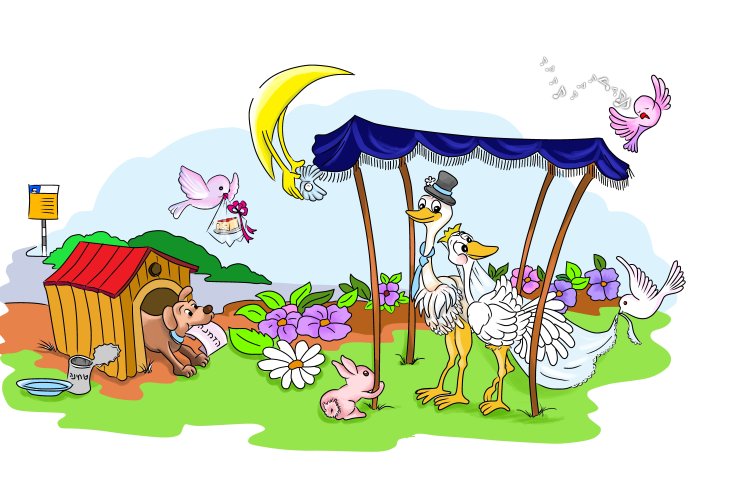 Book Cover
Book CoverWhat do you call a worker in a nursing home? Gila Zahav
And the doctor's name? Micha Lapo
How do you say investigative heart checkup? A-K-G-B
What do you call someone with no self-confidence? Maya Gidu
And a sleepy person? Nir Damti
Did you smile? Enjoy it? So does Naomi Proovestein, who drew these names from her book 'Why Does Hat End with Ayin', born out of her deep love for the Hebrew language, which compelled her to write this unique and witty book.
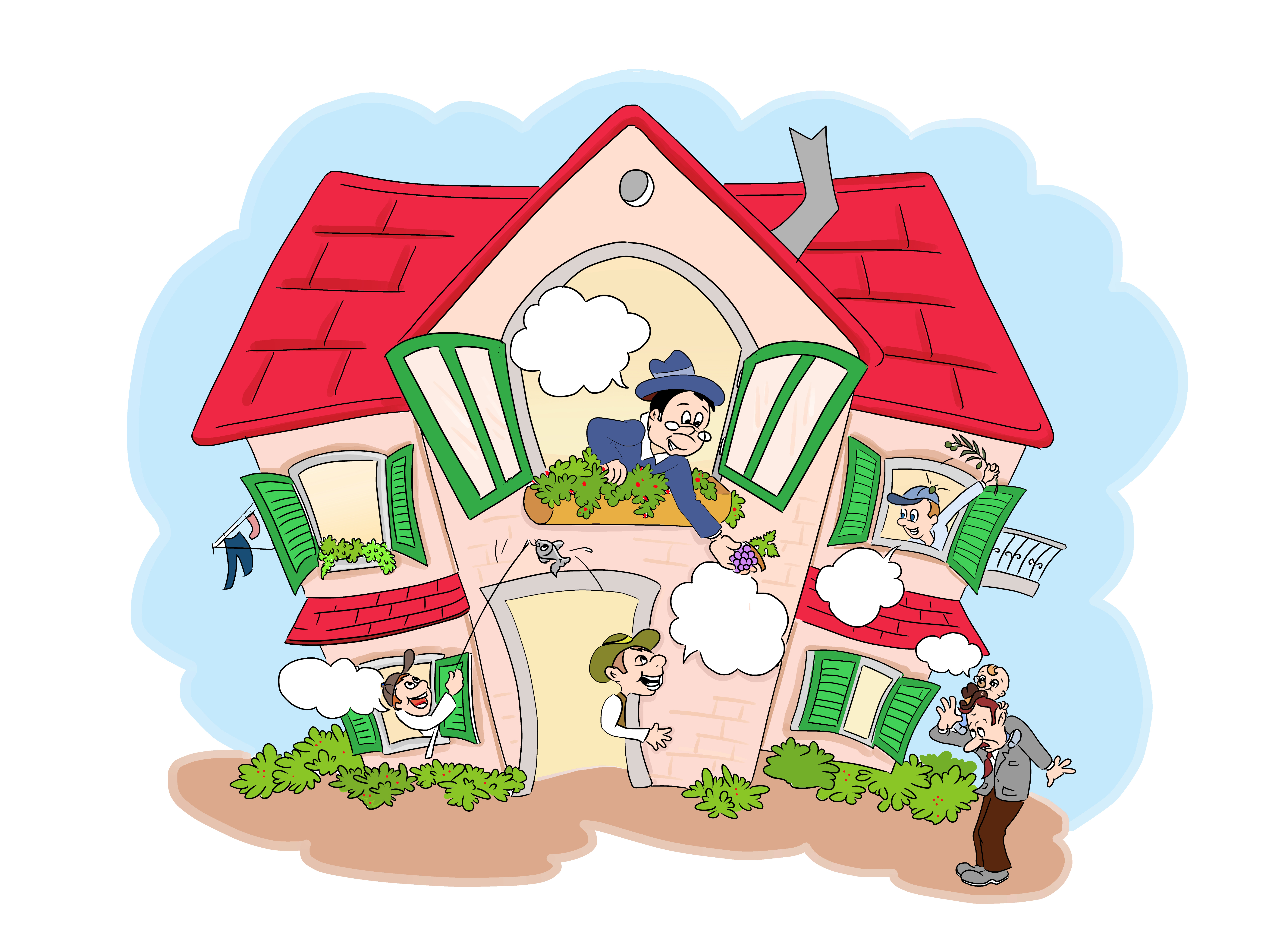
"I have a personal connection to linguistics and writing from home," she shares. "My grandfather, Rabbi Eliyahu Kitov, wrote significant books in the Jewish literary world. The most famous is the Book of Knowledge, alongside many others on the weekly Torah portion and Hasidic tales rich with moral lessons and teachings. Language precision is in our family's genetic code. We are a family blessed with children, and every Shabbat, we would discuss something from the weekly Torah portion, analyzing it grammatically and trying to understand its meaning. Linguistic topics have always intrigued us. My two brothers read from the Torah, and we all are very particular about language."
For years, Naomi taught Hebrew in schools and high schools. "As a teacher, I noticed that learning about vowel markings in a dry manner bores students and makes them 'hate' language and grammar lessons. But when they are taught through word games and pun ambiguous words, you can see that they enjoy every moment."
However, Naomi notes that in the past decade, she feels there is a decline in the public's interest in language. "I teach seventeen-year-old girls and am often shocked to discover that they do not know certain words in the language, like ottoman, crescent, spasm, wild donkey, which makes me try to convey lessons in a more spicy way, highlighting the beauty of the language, as we have such a wonderful language—why not enjoy it?"
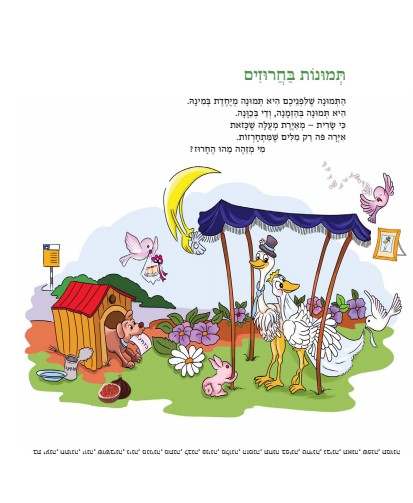
The Development of Language
So how can we really develop language in our children? Naomi argues that it should be done from a very young age, as soon as the child is born. From her experience, she notes that children's language development is generally fascinating. "Until the age of one month, the child essentially does not produce sounds intentionally. But very quickly, already at one and a half months, they start recognizing sounds coming out of their mouths and associate what they articulate with what they hear. Sometimes a baby will gurgle to themselves, not to express anything, but simply because they hear themselves and find it intriguing."
"Later, by around a year old, these utterances begin to gain some kind of meaning, sometimes not as clear words, but usually with an underlying intention. For example, a baby might say 'baba' meaning father, and as long as they say it consistently when the father enters the room, it is considered a word. This progress continues until by age two, each child should have about fifty words they understand and between three and twenty words they know to articulate."
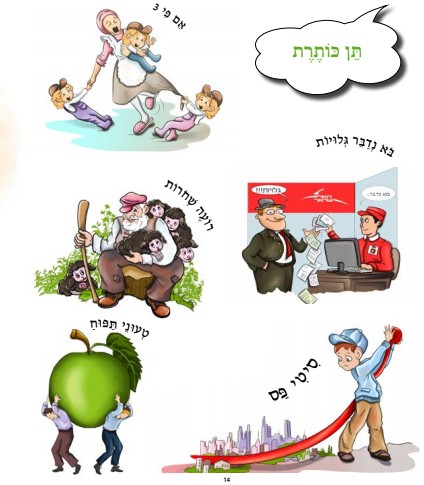
"It is crucial to pay attention to the fact that the child absorbs language from the moment they are born, despite perfect speech arriving later," emphasizes Naomi. "Often you will see mothers sitting their baby on their lap and talking about the baby without addressing them, like 'he is tired' or 'he wants to eat', not allowing the baby to feel they are part of the sentence. Sometimes they tell the baby 'bring this to me and put it on that'. It's such a waste. Why not ask the child clearly: 'Put the red cup on the living room table'? You can say this from the age of one—at first, they might not understand, but after a few times, it will register, and they will understand and know how to accomplish tasks. We can communicate with them like older children."
"There are also mothers who often use the immensely common verbs 'to put', 'to do': 'put on a coat', 'put food', 'do homework', 'make a cake', they might fit sixty different verbs into vague words like 'to put' and 'to do'. I believe this is a miss. Even a mother who isn't a linguist and isn't attached to grammar can understand that to develop our children's language skills, we need to be mindful of our speech. We are with our children for so many hours, and if we just use those hours to develop them, then we can enhance their language and enrich it. So why not say: to wink, to stir, to sprinkle, to adorn, to remove, to untie, and incidentally impart such a rich linguistic knowledge?"
But more than anything, Naomi says she loves children's language quirks. "When kids mess up their words, it sometimes shows they understand the concept. If a child points to a group of goats and says, 'One goatee walked out of line', they might be wrong as it should be goat not goatee, but that mistake shows they grasp the linguistic principle and understand that in single form you cut the last part of the word in plural, as with 'songs' you say 'song', so for 'goats', you might say 'goat'."
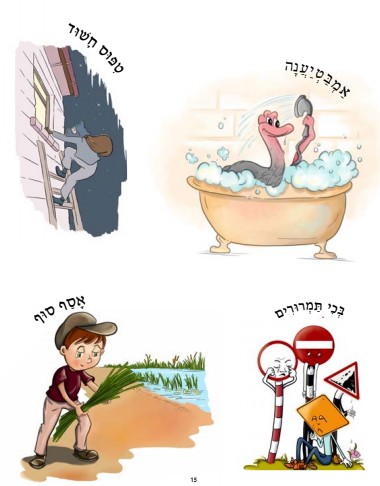
The Goal: To Enrich Language
Since it's not always easy to instill the correct language in children and emphasize it, Naomi decided to release her book 'Why Does Hat End with Ayin'. It's a delightful book featuring many language games (try saying Sixty Elderly Cushites Shook While They Gathered Straw for Painted Sacks). Along the way, the book enriches the vocabulary (how do you say to pick olives? to harvest; to ascent to heights? to ascend; to put a pot on the stove? to simmer; to grab tightly? to clutch) and it is very amusing with unexpected language mix-ups ('Don't forget to brush your tooths', 'It fell from my memory', 'We will meet at the intersection of bridges', and more).
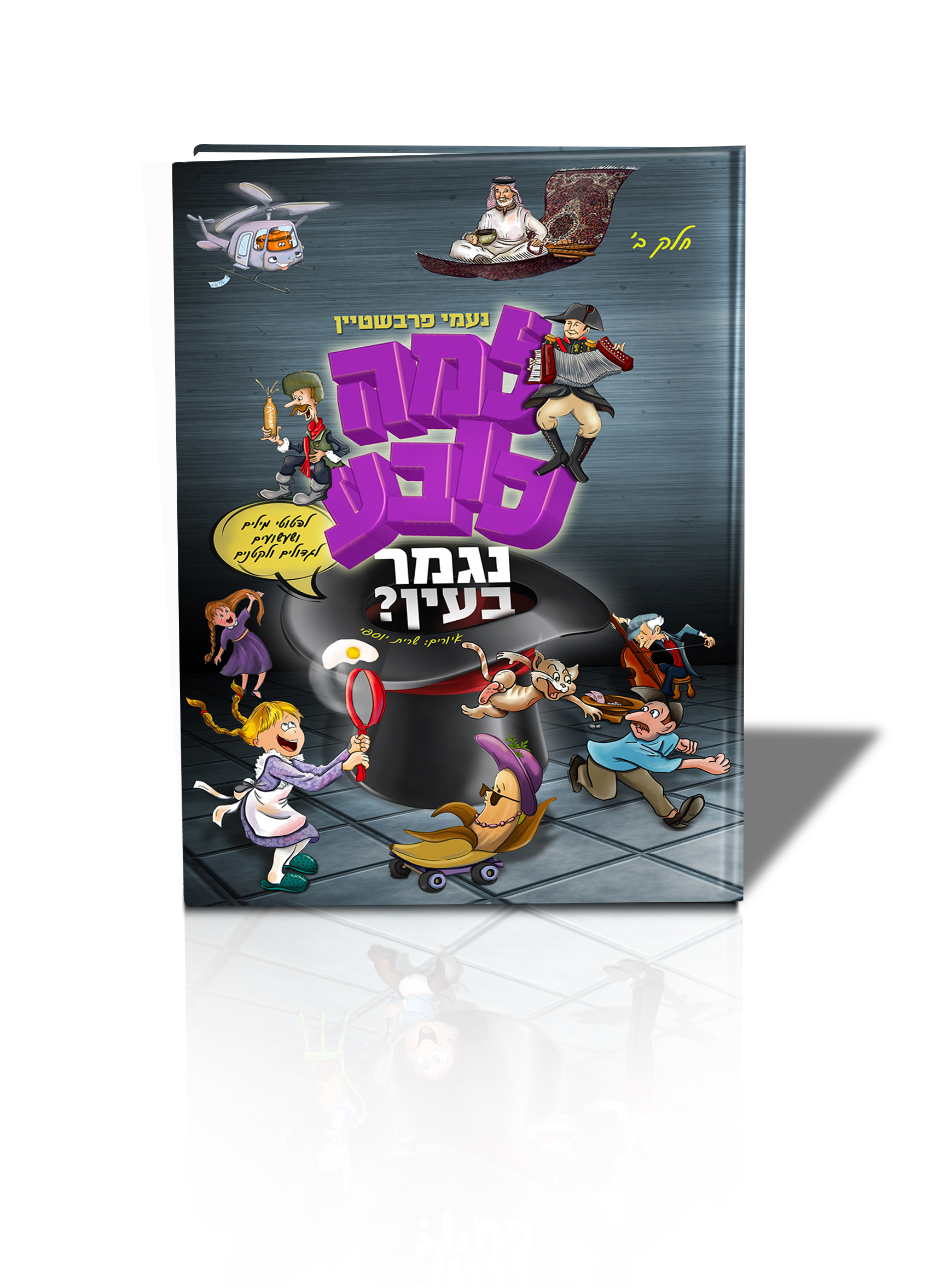 Book Cover
Book CoverNaomi, who is the book intended for?
"The book is essentially like a language class at an advanced level, so originally, it's fitting for older children who can read by themselves, but in practice, you can also tell it to three-year-olds, and they will enjoy the sweet illustrations and understand some parts well, making the book truly family-oriented. From a lot of responses I received, people said it's not just a children's book—adults enjoy it as much, understand the wit, and appreciate its linguistic value. By the way, since publishing the book, I've found that many teachers, not just of language, use it to convey materials engagingly to children. Of course, many mothers also love to read it to their children. It's intended for kids who love language as well as for those who don't feel they have a strong enough grasp of it and want to enhance it. This way, even children with language difficulties can peek into the topic, and it opens a window for them."
Regarding your recently released book labeled Part B, what's the difference from Part A?
"These are two similar books, but with different words and examples. Additionally, the vocabulary in Part B is slightly higher than in Part A. Honestly, it took ten years from conceiving the idea of Part A until its publication. Initially, I didn't even think of releasing another part, but just before Part A went to print, the publisher suggested putting 'Part A' on the right side of the book because he was so confident in it and sure a Part B would follow. And indeed, here we are now, three years later with G-d’s help, it is coming out."

